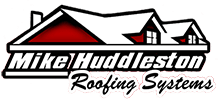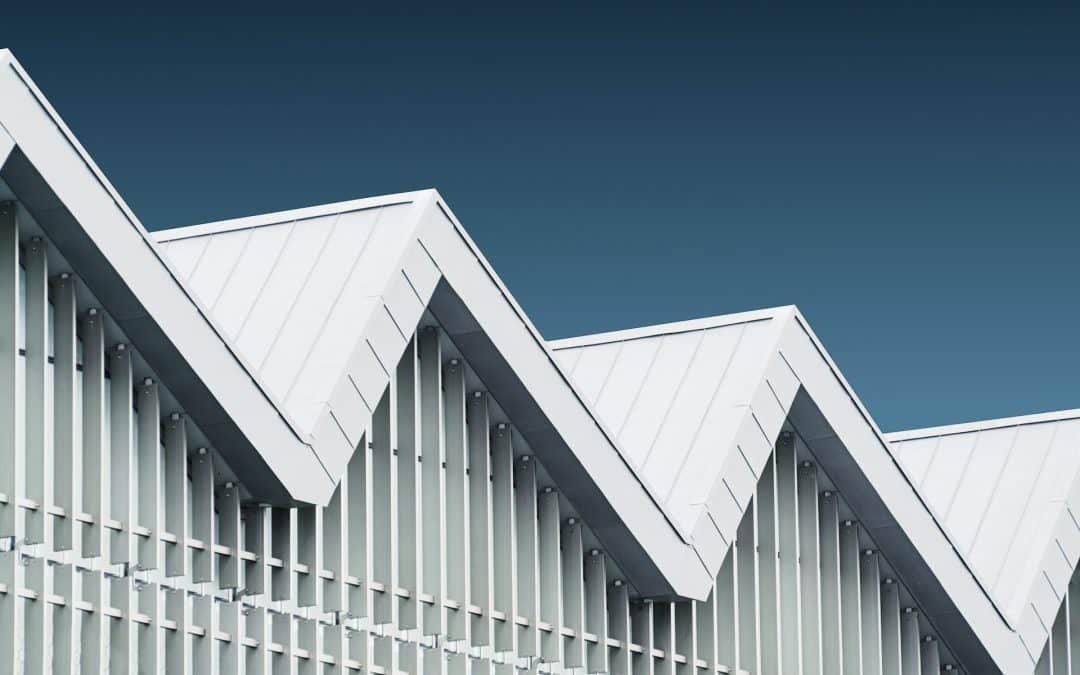Choosing a roof for a commercial building is a big decision. The right roofing material can protect the building, save money, and improve energy efficiency. One option that stands out is metal roofing. This type of roofing offers many benefits that can help make your building more resilient and sustainable.
Metal roofing is known for its strength and durability. It can withstand various weather conditions like heavy rain, strong winds, and even hail. This means fewer repairs and less worry about potential damage.
A strong roof also means better protection for everything inside the building. In this article, we will dive deeper into the many benefits of metal roofing, how it enhances building durability, its energy efficiency advantages, and some tips for maintaining commercial metal roofs.
Benefits of Metal Roofing for Commercial Buildings
Metal roofing offers several benefits that make it an attractive choice for commercial buildings. Let’s explore some key advantages:
- Durability: Metal roofs are incredibly strong and can last for decades. They withstand harsh weather conditions like heavy rain, snow, and extreme winds. This durability reduces the need for frequent repairs and replacements, saving money in the long run.
- Fire Resistance: Metal roofs are non-combustible, meaning they do not catch fire easily. This feature provides extra safety for commercial buildings, especially in areas prone to wildfires.
- Low Maintenance: Unlike other roofing materials that may require regular upkeep, metal roofs need minimal maintenance. Occasional inspections and simple clean-ups are usually enough to keep them in good condition.
- Variety of Styles: Metal roofing comes in various styles and colors, allowing business owners to choose a design that complements their building’s appearance. It can mimic the look of traditional roofing materials while offering the benefits of metal.
- Eco-Friendly: Many metal roofs are made from recycled materials and are fully recyclable at the end of their lifespan. This makes them an environmentally friendly option that aligns with sustainability goals.
These benefits highlight why metal roofing is a smart choice for commercial buildings, combining strength, safety, and aesthetic appeal.
How Metal Roofing Enhances Building Durability
Metal roofing enhances the durability of commercial buildings in several ways. Let’s look at some key factors that contribute to this enhanced durability:
- Weather Resistance: Metal roofs can handle extreme weather conditions. They do not crack or warp under the sun, and they resist damage from hail and strong winds. This makes them ideal for buildings in areas with harsh climates.
- Longevity: One of the main reasons metal roofing is popular is its long lifespan. A well-installed metal roof can last up to 50 years or more. This longevity reduces the cost and hassle of frequent roof replacements.
- Corrosion Resistance: Modern metal roofs are treated with protective coatings that prevent rust and corrosion. This feature is especially important for buildings in coastal areas where saltwater can cause other materials to deteriorate quickly.
- Pest Resistance: Metal roofs do not attract pests like termites or rodents, which can cause damage to other types of roofs. This helps maintain the building’s structural integrity over time.
- Load Bearing: Despite being lightweight, metal roofs are strong enough to support additional weight, such as solar panels and HVAC systems. This can be a significant advantage for commercial buildings looking to improve energy efficiency.
By enhancing durability, metal roofing provides reliable protection for commercial buildings, reducing repair costs and extending the life of the roof.
Energy Efficiency Advantages of Metal Roofing
Metal roofing provides several energy efficiency benefits that can help reduce operating costs for commercial buildings. Here’s how:
- Reflective Coatings: Many metal roofs come with reflective coatings that bounce sunlight away from the building. This helps keep the building cooler during hot months, reducing the need for air conditioning. Lower cooling demands translate to less energy consumption and lower utility bills.
- Insulation Efficiency: Metal roofs can be paired with high-quality insulation. This combination keeps the building warm in winter and cool in summer, enhancing overall energy efficiency. Proper insulation coupled with metal roofing can significantly cut heating and cooling costs.
- Solar Panel Compatibility: Metal roofs are ideal for supporting solar panels due to their strength and durability. Solar panels can provide a renewable energy source for the building, further reducing reliance on traditional energy.
- Heat Island Effect Reduction: Metal roofs help mitigate the heat island effect in urban areas. By reflecting more sunlight and absorbing less heat, metal roofs contribute to a cooler surrounding environment, which can indirectly decrease energy demands for nearby buildings.
These energy-saving features make metal roofing a great option for commercial buildings looking to cut operating costs and boost sustainability.
Maintenance Tips for Commercial Metal Roofs
Maintaining a metal roof is essential to ensure its long-term performance and durability. Here are some key maintenance tips:
- Regular Inspections: Conduct roof inspections at least twice a year and after severe weather events. Look for signs of damage like loose panels, rust spots, or debris buildup. Early detection of problems can prevent larger, costlier repairs down the line.
- Clean the Roof: Remove leaves, branches, and other debris from the roof surface regularly. Debris can trap moisture and lead to corrosion. Use a soft-bristle broom or a leaf blower to gently clean the roof without scratching it.
- Clear Gutters and Downspouts: Ensure that gutters and downspouts are free from clogs. Blocked drainage systems can cause water to pool on the roof, increasing the risk of leaks and rust.
- Check for Rust and Corrosion: Even with protective coatings, it’s essential to check for any signs of rust or corrosion. If you spot any, treat and repaint the affected areas to prevent further damage.
- Reapply Protective Coatings: Over time, the protective coatings on metal roofs can wear down. Reapplying these coatings will help maintain the roof’s reflective properties and continue to protect against rust and corrosion.
- Professional Maintenance: Schedule professional maintenance checks every few years. Roofing experts can spot potential issues you might miss and recommend the best solutions for keeping your metal roof in top shape.
By following these maintenance tips, you can extend the life of your metal roof and ensure it continues to protect your commercial building effectively.
Conclusion
Metal roofing is an excellent choice for commercial buildings, offering unmatched durability, energy efficiency, and ease of maintenance. These roofs can withstand harsh weather, resist fire, and provide long-term protection for your investment. Their energy-saving properties help reduce operating costs by reflecting sunlight and enhancing insulation, making your building more environmentally friendly.
If you’re considering a metal roofing installation or need professional maintenance, look no further than Mike Huddleston Roofing Systems. Our team is ready to help you protect and improve your building with high-quality metal roofing solutions. Contact us today for expert advice and service tailored to your needs.

